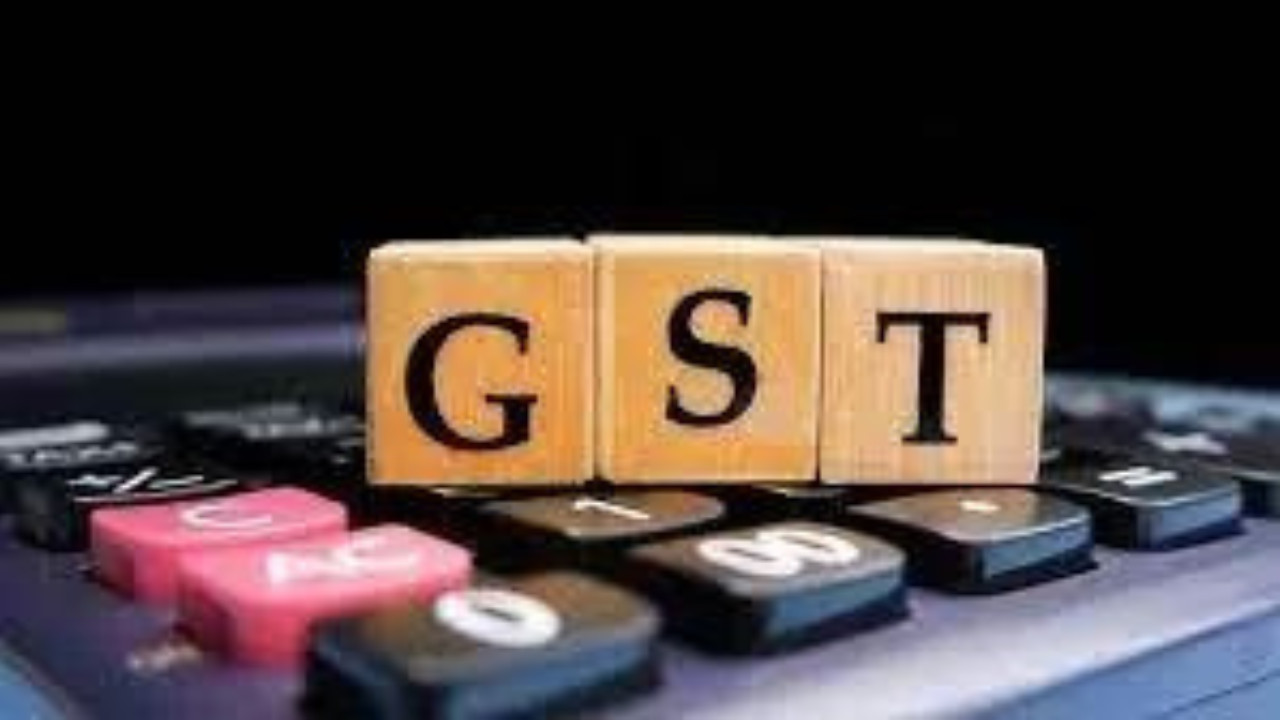Economists believe that the government’s proposed GST rationalisation will bolster domestic consumption, providing crucial support to the Indian economy amidst global headwinds like US tariffs. The reforms, benefiting MSMEs and consumers, aim to simplify the tax structure and boost disposable income. Reduced rates on essentials and consumer durables are expected to stimulate demand and offset weak urban consumption.
GST Overhaul on the Horizon: Will it Spark a Consumption Boom?
India’s Goods and Services Tax (GST) structure is poised for a potential shake-up, and the buzz surrounding these proposed changes is palpable. The whispers circulating suggest a trimming of the existing multi-tiered system, potentially consolidating some of the lower tax brackets. But what does this really mean for the average Indian consumer, and for the broader economy? It’s more than just tax rates; it’s about stimulating spending, simplifying business, and ultimately, fueling growth.
The current GST framework, while a significant improvement over the previous tax regime, is undeniably complex. Multiple tax slabs can create confusion and compliance challenges for businesses, particularly smaller enterprises. Streamlining these slabs could offer a significant boost to ease of doing business, reducing administrative burdens and freeing up resources for innovation and growth.

Decoding the Potential Impact of GST Rationalization
The core idea behind rationalizing the GST slabs is beautifully simple: make it easier for businesses to operate and more affordable for consumers to buy. Lowering the tax burden on certain goods and services, particularly essentials and consumer durables, is predicted to encourage spending. Think about it: if that new refrigerator or washing machine is a little less expensive, you might be more inclined to finally make the purchase. This increase in demand could then ripple through the economy, boosting production, creating jobs, and further driving growth.
However, the devil is always in the details. The specific slabs that are adjusted, and the magnitude of those adjustments, will significantly impact the overall effect. A carefully calibrated approach is crucial to ensure that the changes are revenue-neutral or even revenue-positive in the long run. The goal is to stimulate consumption without significantly impacting government revenue streams.
The Ripple Effect on Essential and Durable Goods
A key area of focus in the proposed GST rationalization is the potential impact on essential goods and durable consumer items. If the GST on items like processed foods, personal care products, or even certain appliances is reduced, it could have a significant impact on household budgets. Lower prices could translate directly into increased purchasing power, especially for lower and middle-income families. This, in turn, could lead to a rise in demand for these goods, benefiting manufacturers and retailers alike.
Furthermore, a more simplified tax structure could lead to greater compliance. When the rules are easier to understand and follow, businesses are more likely to pay their taxes correctly and on time. This increased compliance could further boost government revenue, providing even more resources for public spending and infrastructure development. This all ties into the government’s long-term economic goals – learn more about India’s infrastructure push and its impact.
Navigating the Challenges: A Delicate Balancing Act
Of course, implementing GST rationalization isn’t without its challenges. There’s always a risk that reducing tax rates could lead to a short-term dip in government revenue. It requires meticulous planning and careful modeling to ensure that the long-term benefits of increased consumption and compliance outweigh any potential short-term losses.
Moreover, there are concerns about potential inflationary pressures. If businesses simply pocket the tax savings instead of passing them on to consumers, it could lead to higher prices and negate the intended benefits of the rationalization. Robust monitoring and enforcement mechanisms are needed to prevent such scenarios.
Will GST Rationalization Be a Game Changer?
The potential for GST rationalization to boost domestic consumption and streamline business operations is undeniable. By simplifying the tax structure and potentially lowering rates on key goods and services, the government hopes to unlock a new wave of economic growth. However, the success of this initiative will hinge on careful implementation, effective monitoring, and a commitment to ensuring that the benefits are passed on to the consumers who need them most. Only time will tell if this proposed overhaul will truly be a game changer for the Indian economy, but the signs are certainly promising.







